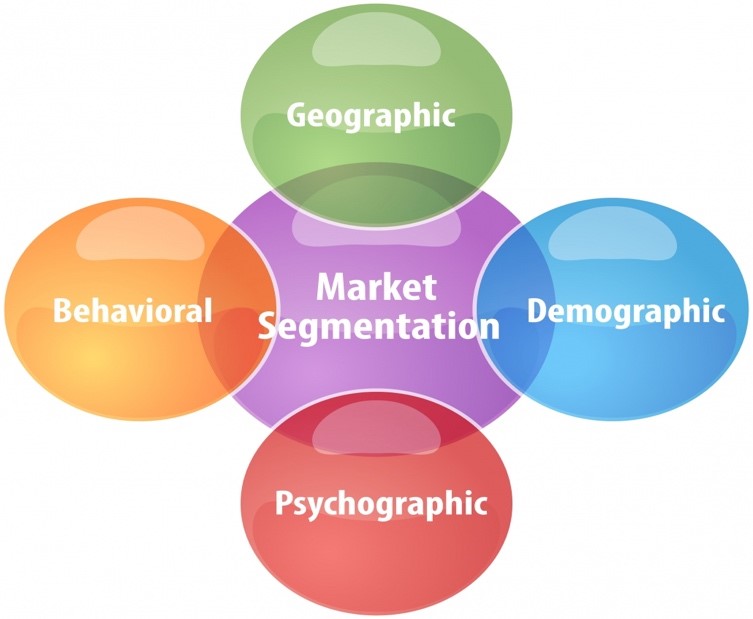
Consumer segmentation is a means of defining a broad consumer or business market, normally consisting of existing and potential customers, into sub-groups of consumers based on some type of shared characteristics. There are four types of segmentation:
It is estimated that over 1 billion people across the world drinks coffee daily. That is a very large market. A successful business requires effective marketing which in turn needs an understanding of your target market. In understanding your consumers it is important to investigate – the who, the what, the where and the why. In other words:
1. Who is buying your coffee
2. Where can they access the coffee (service or product)
3. Why are they buying the coffee
Demographic – The Who:
Demographic segmentation is the most common means of
consumer segmentation. It is the most straightforward way of defining customer
groups. Demographic segmentation looks at identifiable non-character traits
such as:
1. Age
2.Gender
3. Ethnicity
4. Income
5. Level of education
6. Other
Let us look at demographic segmentation. Demographic segmentation targets potential
customers based on the criteria above, that is, their income, age range along
with other elements. Proper targeting
ensures that your marketing budget is not wasted directing your messaging at
people who likely cannot afford your product. This is the basis of
premiumization. Age is a common segment, generation gaps often comes with
different purchasing habits, needs, and desires. For example, older consumers
may prefer the more traditional coffee beverages, whilst younger consumers may
be more open to trying to beverages such as flavoured or spiced lattes, and
other trending hot drinks.
Psychographic – The Why:
Psychographic segmentation breaks down your consumer’s
mentality and character profile. We can define our consumers by more abstract
markers such as:
1. Personality traits
2. Values or beliefs
3. Life goals
Compared to demographic segmentation, this can be a
harder set to identify. Good research is vital and, when done well,
psychographic segmentation can allow for incredibly effective marketing that
consumers will feel speaks to them on a much more personal level.
It is best to use qualitative surveying to define this
sector. An example of psychographic segmentation in use in the coffee industry
could be consumers as ‘social-oriented’. Here, the audience would tend to seek
out and crave the social exposure one would get at a coffee shop or café. Their
coffee habits are not just about drinking a particular beverage, itis about the
experience and interactions they receive whilst doing it.
Behavioural – The How:
Behavioural segmentation involves the division of
consumers into groups based on their observed behaviours. That is how they buy,
what they buy, when they buy. Examples of behavioural segments include:
1. Purchasing frequency
2. Types of products usually purchased (economical or premium)
3. Brand or product loyalty
Coffee businesses should seek to understand their
consumers to properly market to them and increase the perceived value of the
product or brand.
Geographic – The Where:
Geographic segmentation is a marketing strategy used
to target products or services at people who live in, or shop at, a particular
location. It works on the principle that people in that location have similar
needs, wants, and cultural considerations. By understanding what people in that
area require, brands can target more relevant marketing messages and suitable
products to customers who are then aware and more likely to buy. The usage in
this case for coffee producers targeting their domestic market, for example, is
to understand that their market differs from others in larger export markets.
Research must be done to define the current
market and the segments within. Given coffee’s extreme popularity and the
relatively low uptake within coffee producing nations, there exists significant
opportunities for growth and increased profits if the efforts are made to
identify and prepare local markets for the product.
Take a look at these templates to start defining your market segment! Templates